What is the tolerance range of precision screws?
What is the tolerance range of precision screws?
Service Hotline
+86760-8787 8587We have more than ten years of production experience in the screw industry, the main products are: hexagonal toothed nut, surveillance camera stud, 316 gasket, nut set bolt, spot welding column welding point stud, single-pass copper column, flat head inner and outer half hexagonal rivets Nuts, /5/6/7/8/9 blue zinc-plated four-jaw nuts, hollow aluminum rivets, Torx anti-theft screws, hexagonal torx bakelite handles, fish eye washers, flat head hexagon screws, butterfly screws, T-shaped concave and convex, etc. Fasteners, due to the different materials and specifications of the products, the prices are also different, if you need it, please contact us.


1. First remove the sludge on the surface of the broken head of the broken screw, use the center gun to kill the center gun of the section, and then use an electric drill to install a drill bit with a diameter of 6-8 mm to drill the hole in the center of the section, pay attention to the hole must be drilled through. After the hole is drilled through, remove the small drill bit and replace it with a drill bit with a diameter of 16 mm, and continue to expand and drill through the hole of the broken bolt. 2. Take a welding rod with a diameter of less than 3.2 mm and use a medium and small current to carry out surfacing welding from the inside to the outside in the hole of the broken bolt. Take half of the entire length of the broken bolt at the beginning of the surfacing welding. When starting the surfacing welding, the arc should not be too long. In order to avoid burning through the outer wall of the broken bolt, surfacing to the upper end face of the broken bolt, and then continue surfacing to weld a cylinder with a diameter of 14-16 mm and a height of 8-10 mm. 3. After the surfacing is completed, hammer the end face with a hammer to make the broken bolt vibrate along its axial direction. Due to the heat generated by the previous arc and the subsequent cooling plus the vibration at this time, the broken bolt and the thread of the body will be loose in between. 4. Carefully observe, when it is found that a small amount of rust leaks from the fracture after the knock, take the M18 nut and put it on the surfacing column head and weld the two together. 5. After welding, use a torx wrench to cover the nut while it is still hot, and twist it back and forth, or tap the end face of the nut with a small hand hammer while twisting back and forth, so that the broken bolt can be taken out. 6. After taking out the broken bolt, use a suitable tap to process the thread in the frame to remove rust and other debris in the hole.
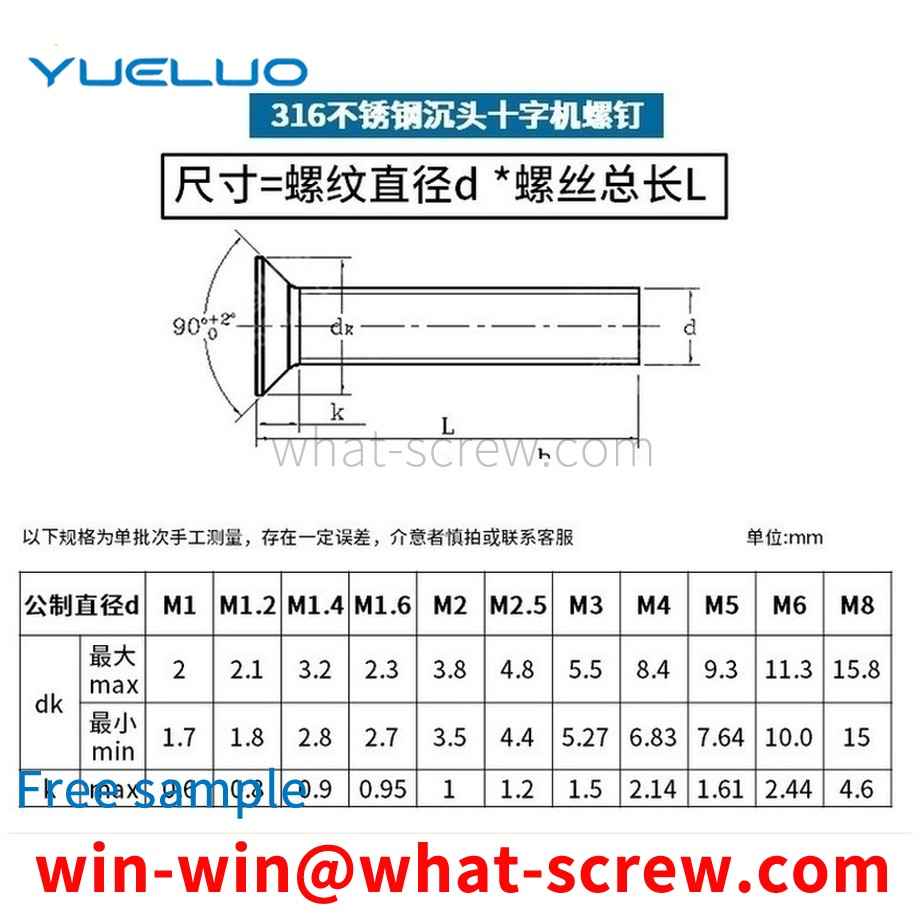
The rivet nut is a kind of nut applied to thin plate or sheet metal. The principle is to press the embossed teeth into the preset holes of the sheet metal. Generally, the diameter of the square preset holes is slightly smaller than the embossed teeth of the pressure riveting nut. The periphery of the hole is plastically deformed, and the deformed object is squeezed into the guide groove, thereby producing a locking effect. The pressure riveting nut is divided into free-cutting steel pressure riveting nut S type, stainless steel pressure riveting nut type CLS, stainless iron pressure riveting nut SP type and copper and aluminum pressure riveting nut CLA type, which should be used in different environments. . Generally speaking, the national standard domestic products without rivet nuts from M2 to M12 are PEM specifications, which are usually produced in chassis cabinets and sheet metal industries.
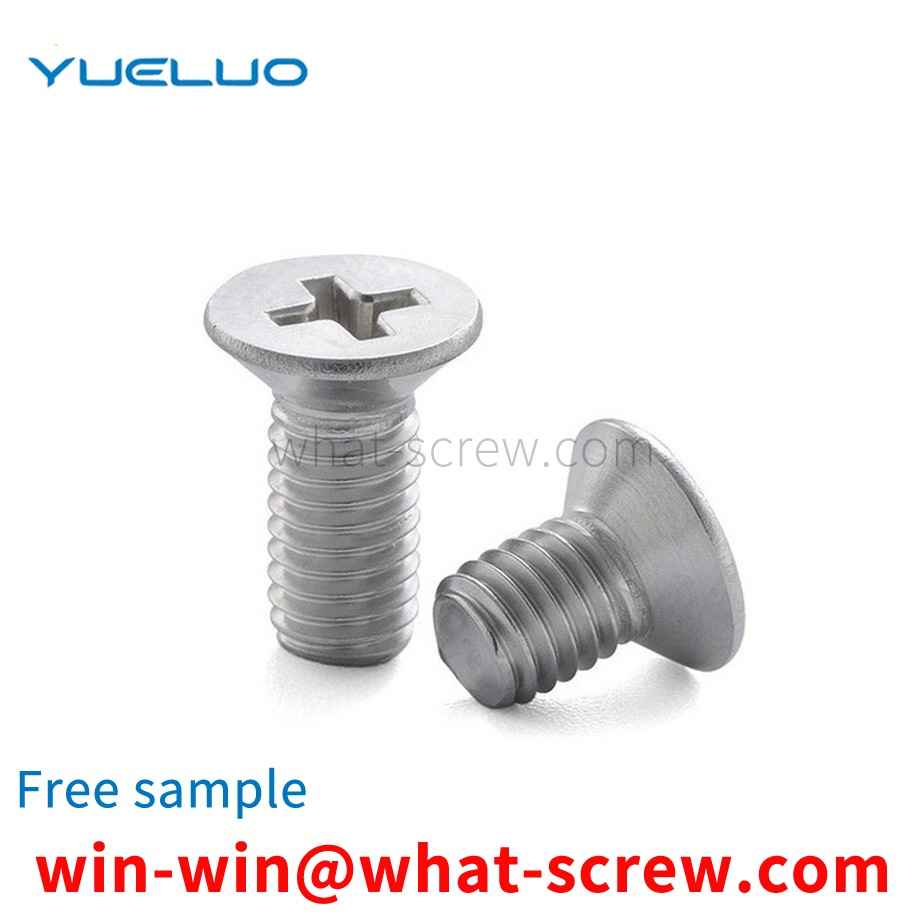
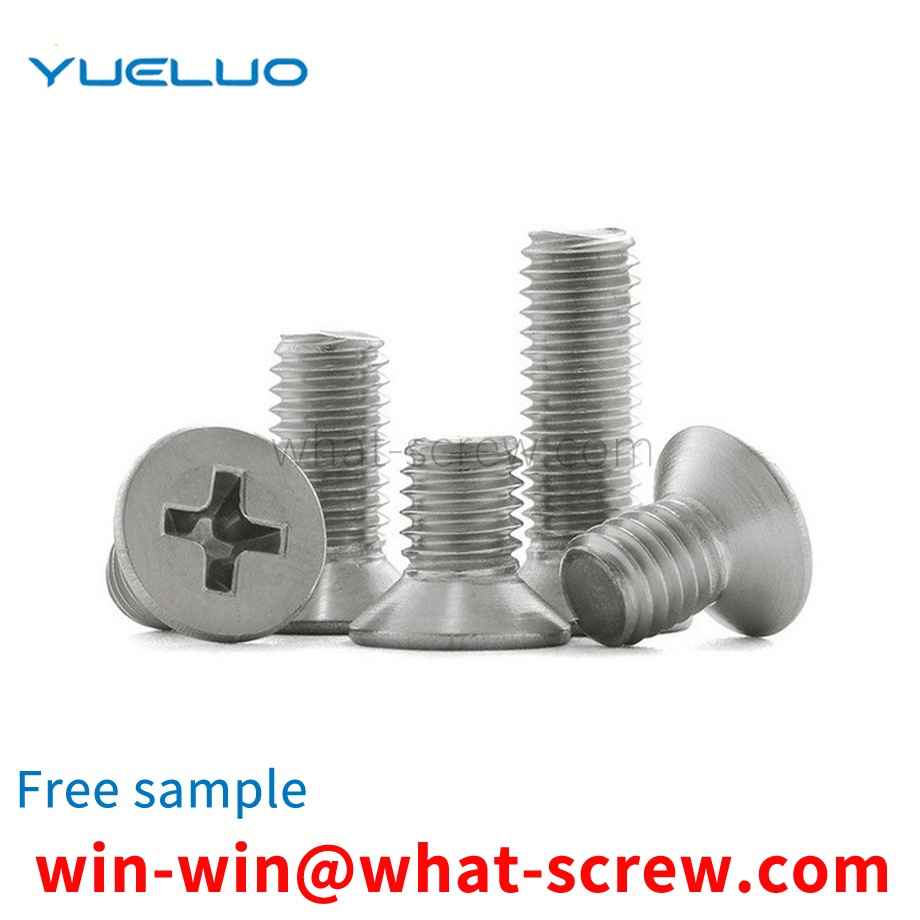
Pull rivets, * marked as blind rivets, are based on the principle of Hooke's law. After the two joints are clamped with special equipment for pull rivets, the metal of the ring-shaped collar is squeezed and filled to the point where there are many rivets. In the groove of the bolt column of the annular groove, a fastening method that tightly combines the collar and the bolt column. A riveting machine is a mechanical device that uses rivets to riveted items together in batches. The riveting machine is mainly assembled by rotation and pressure. The riveting machine is mainly used in the occasions where rivet riveting is required. The common specifications and models include pneumatic, hydraulic and electric, single-head and double-head.
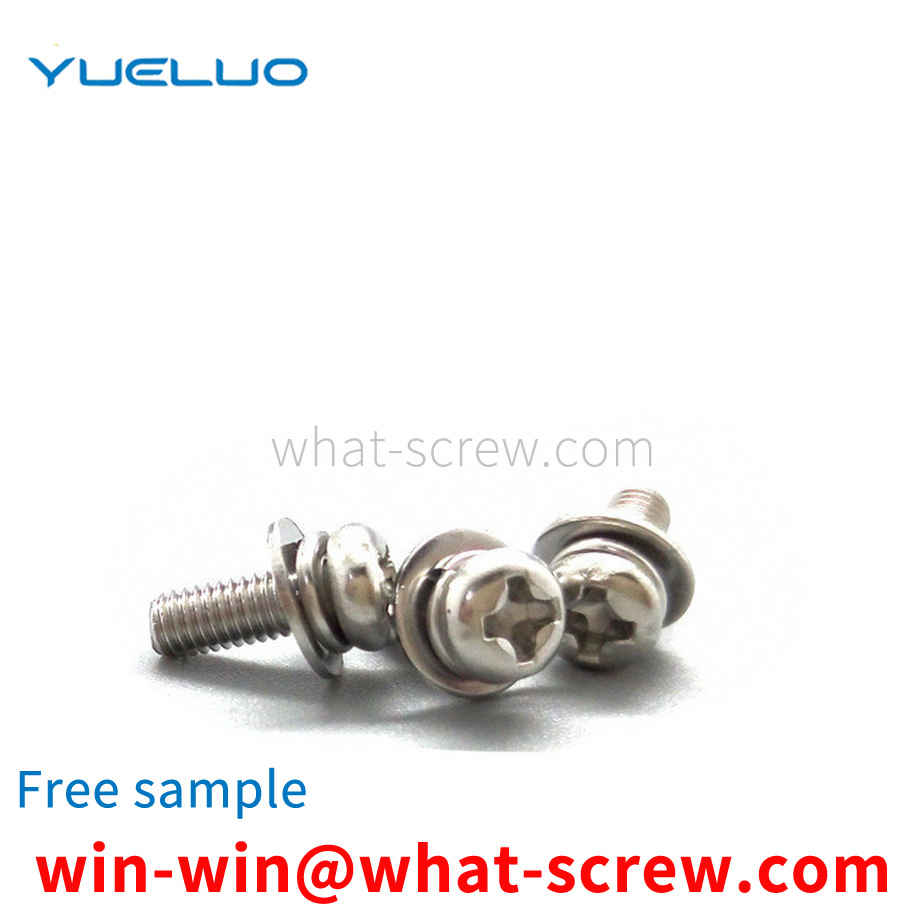
In the existing industrial technology field, screws are mostly used for the connection between components. For many electronic products, because the products are more and more thin and light, the connection between the shell and the shell is often affected by the thickness of the shell. , usually need to use screw column structure for connection. Take the existing outdoor three-proof mobile phone as an example: the screw column structure includes a shell, a shell and a screw, the shell is provided with a plurality of screw columns, and the nuts in the screw columns are injected through the in-mold injection process. Directly integrated with the housing. Due to the special use environment and use requirements of outdoor three-proof mobile phones, they need to have good high-strength anti-drop performance, while the three-proof mobile phones in the prior art are subjected to high-strength drop tests due to the fundamental stress concentration of the screw column. During the process, problems such as cracking of the screw column or breaking from the root occur.
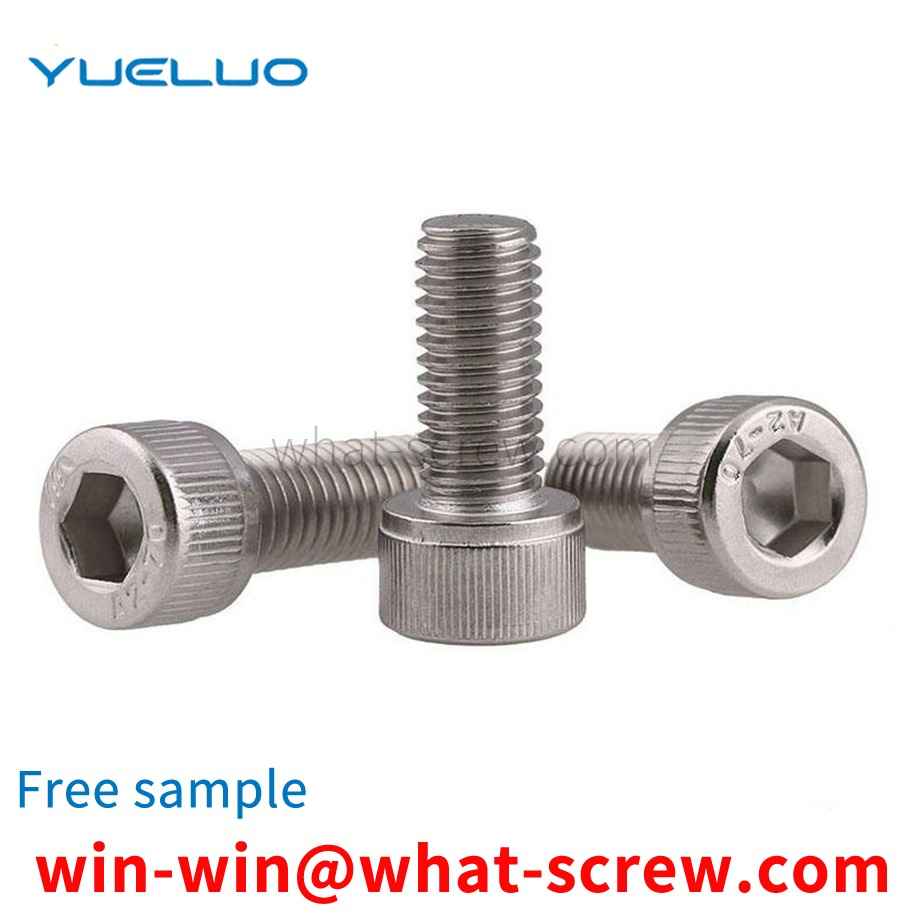
The above content is uploaded by Yueluo or the Internet. If there is any copyright issue, please contact [email protected].

What is the tolerance range of precision screws?

How to choose the right stainless steel screw manufacturer?

Why is there an R angle under the head of the hexagon head s...

We have more than ten years of production experience in the ...

We have more than ten years of production experience in the ...

We have more than ten years of experience in screw industry ...

We have more than ten years of experience in screw industry ...